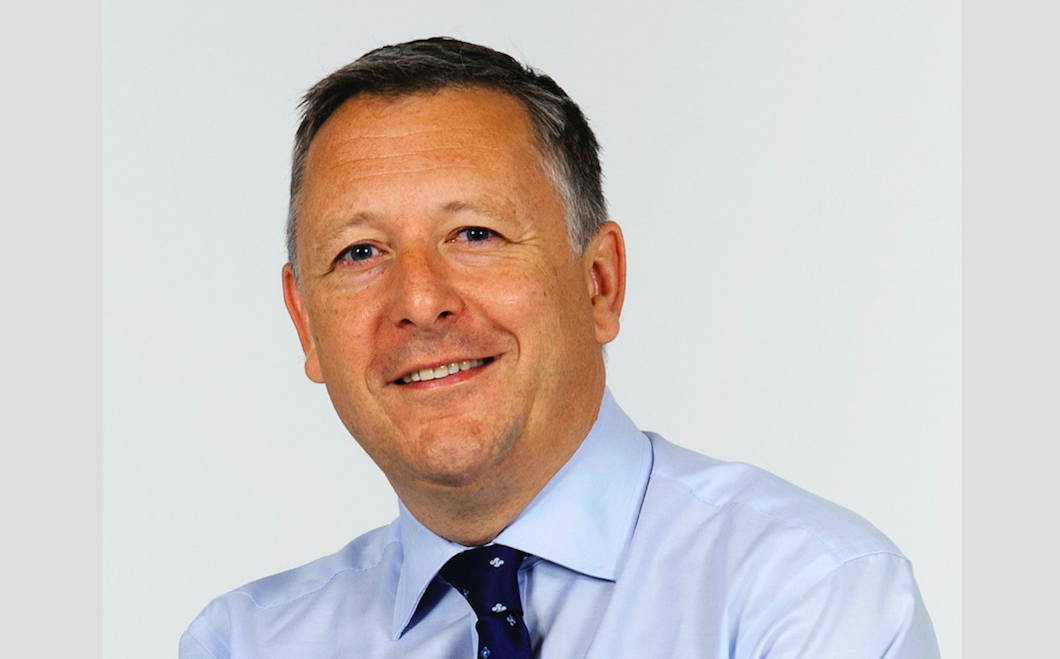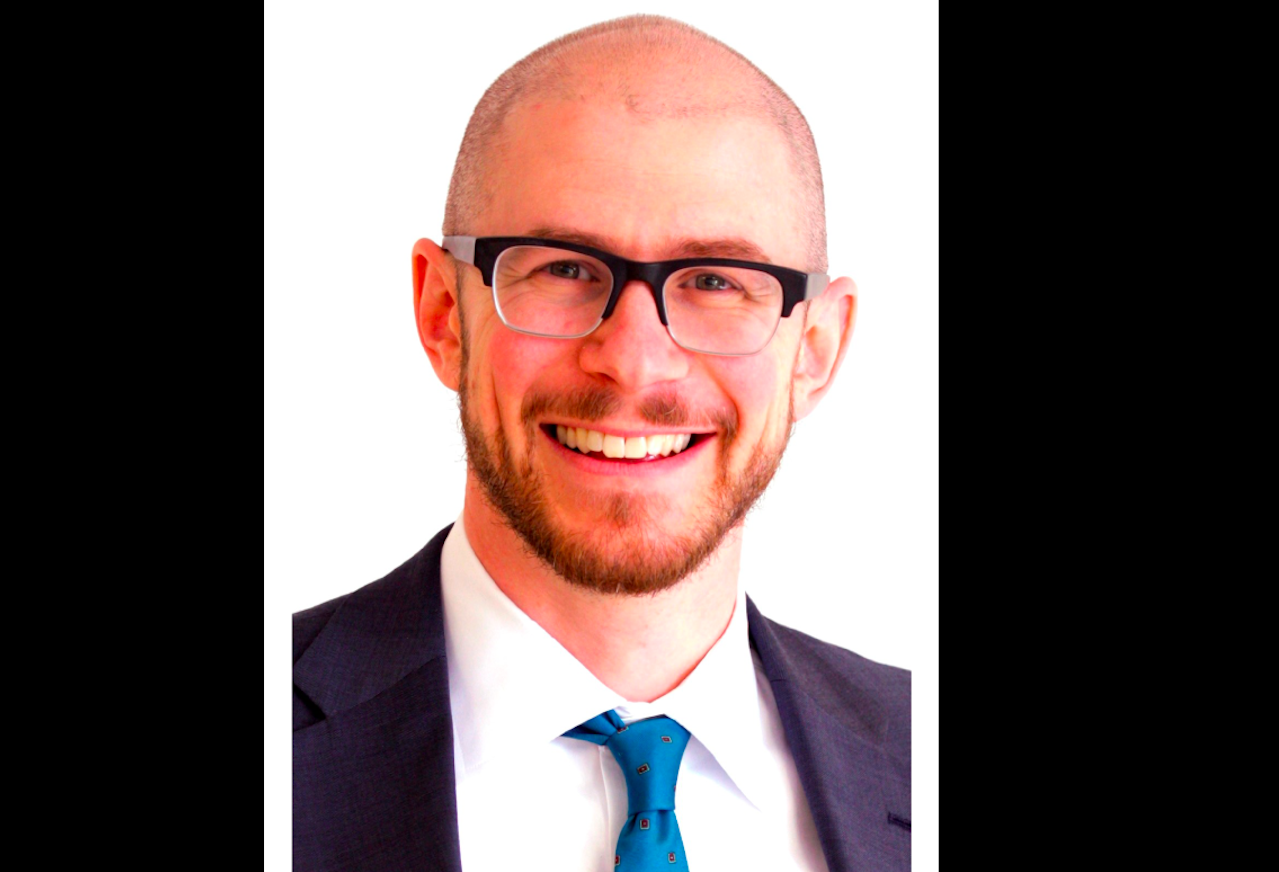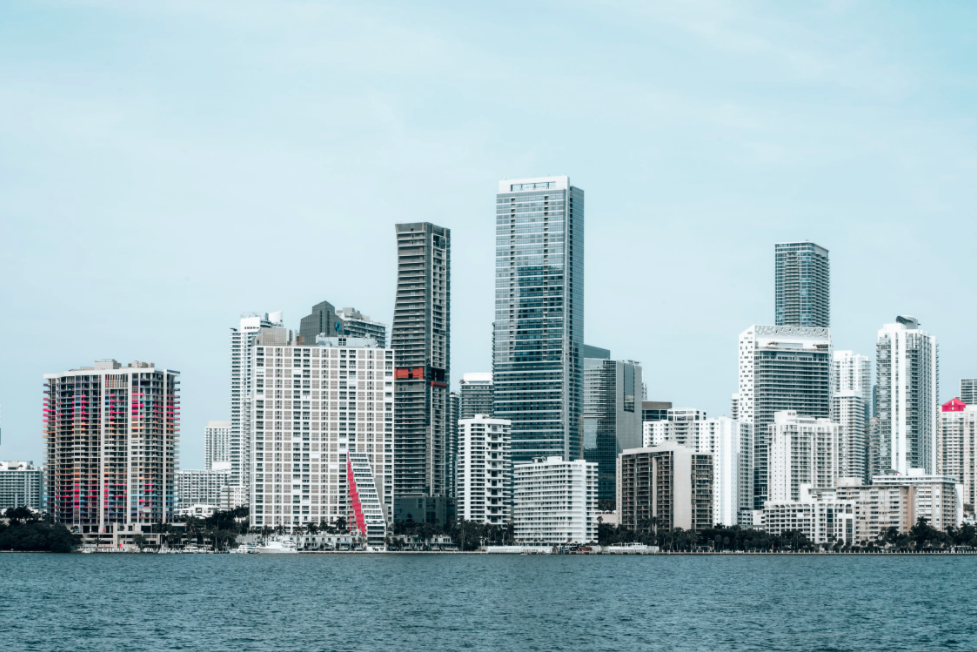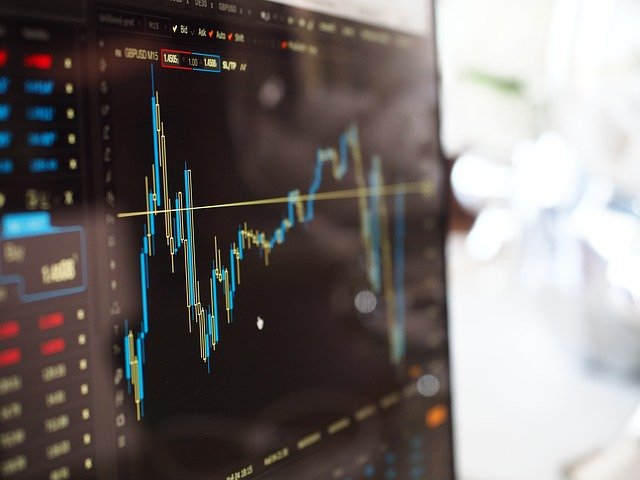Finding Opportunities in Today’s Credit Markets
| For Cecilia Prieto | 0 Comentarios

Fixed Income can still provide protection on the downside and some benefits on the upside, but it is notably harder of late. You have to be opportunistic. You have to be nimble and you have to be solutions oriented.
In our view as active managers, the benchmark is not a starting place for asset allocation, but a proxy for risk. It’s how much risk a manager should be taking in order to achieve whatever solution is mandated. Ultimately, the first thing is to give active management a range around that benchmark. The aim doesn’t always have to be perfectly neutral. In times like COVID, you want your fixed income managers to be taking on a little bit more risk, and in periods perhaps like today or in a period where the manager doesn’t believe the risk is well-compensated, you want less.
The risk/reward isn’t skewed in an investor’s favor today. Becoming more defensive in building a portfolio that has a lower potential volatility and looking forward to areas of the market that may not sell off is important to protect against downside potential.
Risk and Reward: How to Play Defense
1) Be cautious on duration
Our advice is to remain cautious on duration. We continue to look for opportunities to take down credit duration given the move in spreads over the last 12 months. The investment grade spreads are now tighter than early 2020 (pre-COVID sell off) despite corporate leverage having increased over 2020 from already high levels. Fiscal and monetary stimulus should continue to support the economy and ultimately corporate earnings and cash flows. Therefore, we aren’t concerned about the exposure; however, prices do seem to already reflect a lot of the economic healing. As always, we search for interesting opportunities no matter what the market environment. Recently these have been higher quality in the 2- to 5-year maturity range.
2) Move up the capital stack to securitized assets where possible
The reality is that sometimes markets are mispriced across silos, and one of those mispricings was actually global airlines pre-COVID where the corporate unsecured debt and a secured position in that exact same corporate airline were priced on top of each other. Going through COVID they diverged rather significantly. One of them went down 70 percent, and another went down around 40 percent, so 30 cents on the dollar versus 60 cents on the dollar. Today, it’s actually relatively easy to make those gift trades when you give up 1, 2, 3, 4 or 5 basis points of yield, but you take on a lot of protection by moving back up the capital stack spectrum and to securitized assets.
Secured credit is another area where we can do that, by just taking out credit duration, through both defensive posturing within individual assets, but also pulling back and being more defensive across the board.
Some agency mortgage-backed securities (MBS) continue to look reasonably attractive, especially relative to high-quality corporates. There are specific stories such as low coupon and low loan balance mortgages that have reasonably stable payment profiles such that we believe we are getting paid to take on the convexity risk (i.e., prepayment/extension).
3) The consumer story still resonates and has more runway
We still believe in the consumer story given the long-term improving job market and stimulus payments. Consumers entered the COVID recession in good financial shape, and while the immediate impact of the recession was quite harsh, direct stimulus payment and the overall economic rebound have allowed them to regain/maintain a good financial profile.
The places where investors should be looking today are where central banks have intervened notably less, and that is the world of securitized products.
While spreads in senior tranches of Asset-Backed Securities (ABS) and non-agency Residential Mortgage-Backed Securities (RMBS) have tightened along with corporates, we continue to think some asset types and programs remain interesting. Senior ABS are particularly interesting because spreads are relatively attractive, and the durations are short. Additionally, most of those bonds are amortizing so we get cash flow each month.
The non-agency RMBS market remains attractive because of the consumer financials as well as the strong housing market which provide collateral for these bonds (underwriting remains quite good with income/asset documentation requirements, low Loan-to-Values (LTVs), no low rate promo periods where there could be payment shocks, etc).
Structuring Portfolios for Economic Shifts, Volatility and New Opportunities
In some of our portfolios, we are moving toward a more conservative position. Spread compensation has decreased notably over last 12 months. Fiscal and monetary stimulus provide good economic support for credit (much already reflected in prices), but it also provides a basis for potential inflationary and policy rate move scares which could create volatility along the yield curve and in credit spreads. We want to be positioned to take advantage of those opportunities. Thus, we continue to preserve liquidity in the form of cash, Treasuries, agency mortgages, monthly amortizing ABS and short, high quality corporates.
Coming out of the global financial crisis a decade ago, there were structural shifts as to how the global economy was going to work. Central banks around the world shifted the regulatory environment. They became almost commoditized utilities, and to be fair, that’s being tested now with the winddown of a hedge fund in Asia that we all read about recently.
Coming out of the COVID crisis, we are seeing structural shifts again. There has been a shakeout of some of the levered players. To move up in quality as measured by rating agency grades, investors need to look across silos for relative value.
In sum, as active fixed income managers, we take risks when it makes sense to take risks, and we focus on downside protection when our view is that the markets aren’t well suited to reward risk-taking. In fixed income we are playing defense roughly 80 percent of the time, and that’s certainly true today.
Important Information
The views expressed are subject to change and do not necessarily reflect the views of Thornburg Investment Management, Inc. This information should not be relied upon as a recommendation or investment advice and is not intended to predict the performance of any investment or market.
This is not a solicitation or offer for any product or service. Nor is it a complete analysis of every material fact concerning any market, industry, or investment. Data has been obtained from sources considered reliable, but Thornburg makes no representations as to the completeness or accuracy of such information and has no obligation to provide updates or changes. Thornburg does not accept any responsibility and cannot be held liable for any person’s use of or reliance on the information and opinions contained herein.
Unless otherwise noted, source of all data, charts, tables and graphs is Thornburg Investment Management, Inc.
High yield bonds may offer higher yields in return for more risk exposure.
Any securities, sectors, or countries mentioned are for illustration purposes only. Holdings are subject to change. Under no circumstances does the information contained within represent a recommendation to buy or sell any security.
Investments carry risks, including possible loss of principal.
Outside the United States
This is directed to INVESTMENT PROFESSIONALS AND INSTITUTIONAL INVESTORS ONLY and is not intended for use by any person or entity in any jurisdiction or country where such distribution or use would be contrary to the laws or regulations applicable to their place of citizenship, domicile or residence.
Thornburg is regulated by the U.S. Securities and Exchange Commission under U.S. laws which may differ materially from laws in other jurisdictions. Any entity or person forwarding this to other parties takes full responsibility for ensuring compliance with applicable securities laws in connection with its distribution.
Founded in 1982, Thornburg Investment Management is a privately-owned global investment firm that offers a range of multi-strategy solutions for institutions and financial advisors around the world. A recognized leader in fixed income, equity, and alternatives investing, the firm oversees US$45 billion ($43.3 billion in assets under management and $1.8 billion in assets under advisement) as of 31 December 2020 across mutual funds, institutional accounts, separate accounts for high-net-worth investors, and UCITS funds for non-U.S. investors. Thornburg is headquartered in Santa Fe, New Mexico, USA, with additional offices in London, Hong Kong and Shanghai.
For more information, please visit www.thornburg.com









